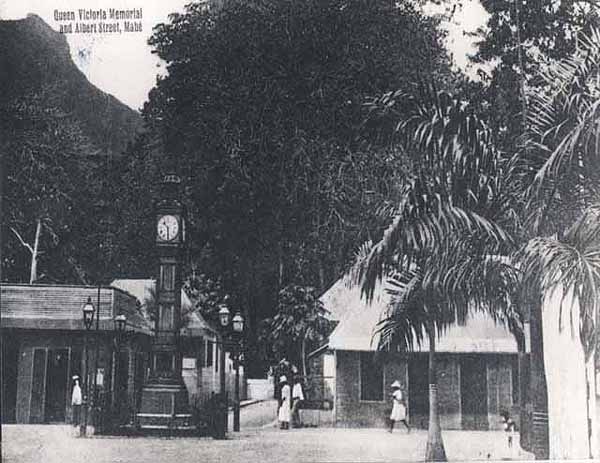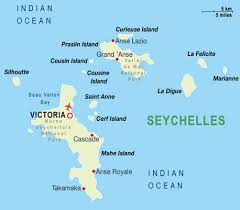A large number of reefs within the inner granitic islands of the archipelago of Seychelles could be entirely lost, unless concerted action is taken soon to control crown of thorns, warns Dr. Udo Englhardt, the expert on on the management of crown of thorns in a...
The history of the Seychelles before European colonization is almost entirely unknown. Settlers from Borneo, who eventually populated Madagascar may have visited the islands during the third and fourth centuries BCE. Arab navigators traveling the Indian Ocean most likely knew of the islands, though they did not stay there. Arabs traded the enormous coco de mer nuts, found only in the Seychelles, many years before Europeans arrived. Though the Arabs claimed to have found the nuts washed up in the Maldives, it is known that the coco de mer sinks in water, so their account may not be credible.
The Seychelles were uninhabited when the British East India Company arrived on the archipelago in 1609. Thereafter, they became a favorite pirate haven. The French claimed the islands in 1756 and administered them as part of the colony of Mauritius. The British gained control of the islands through the Treaty of Paris (1814) and changed the islands’ name from the French Séchelles to the Anglicized Seychelles.
During this period Seychelles came to know the enlightened policies of administrators such as Pierre Poivre, the brilliant politicking of Governor Queau de Quinssy and, of course, the terrible repercussions of the French Revolution.
Under the British, Seychelles achieved a population of some 7,000 by the year 1825. Important estates were established during this time producing coconut, food crops, cotton and sugar cane. During this period Seychelles also saw the establishment of Victoria as her capital, the exile of numerous and colourful troublemakers from the Empire, the devastation caused by the famous Avalanche of 1862 and the economic repercussions of the abolition of slavery.

Seychelles achieved independence from Britain in 1976 and became a republic within the commonwealth. Following a period of single party rule by the government of Mr. France Albert René, on December 4, 1991, President René announced a return to the multiparty system of government, 1993 saw the first multiparty presidential and legislative elections held under a new constitution in which President René was victorious. President René also won the 1998 and 2003 elections before transferring the Presidency to James Alix Michel in June 2004. In July 2006, Michel won reelection with 53.7% of the vote.
In presidential elections held May 19–21, 2011 incumbent James Michel (People’s Party) won his third term with 55% of the vote against Wavel Ramkalawan’s (Seychelles National Party) 41%. Voter turnout was 84% over a three-day period, which allowed for voters on outlying islands to participate.



